Are you tired of looking at your dirty carpet but don’t have a machine to clean it?
We’ve got you covered! In this article, we will discuss the benefits of cleaning your carpet without a machine, the necessary supplies you’ll need, and step-by-step instructions on how to effectively clean your carpet.
We’ll also provide you with some tips on how to maintain a clean carpet for the long term.
So, grab your baking soda and white vinegar, and let’s get started!
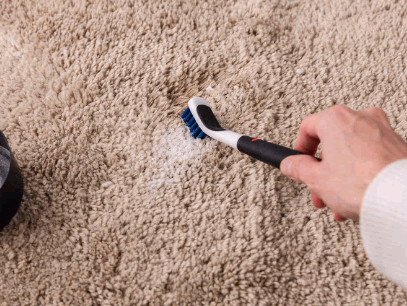
Why Should You Clean Your Carpet?
Regular carpet cleaning is essential to maintain a healthy indoor environment and prolong the lifespan of your carpet. Professional carpet cleaning companies recommend regular maintenance to remove dirt, allergens, and stains that accumulate over time.
By cleaning your carpets regularly, you not only ensure better indoor air quality by eliminating dust mites and other pollutants trapped in the fibers but also enhance the overall cleanliness and appearance of your living spaces. Routine maintenance can significantly contribute to the durability of your carpet, preventing premature wear and extending its lifespan.
Experts in the cleaning industry emphasize the importance of scheduling professional services at least once or twice a year, depending on factors such as foot traffic, the presence of pets, and any specific stains or odors that need special attention. Professional cleaners have the expertise and equipment to deep clean carpets effectively, helping to maintain a healthier environment and uphold the aesthetic appeal of your home.
Find out more: How To Clean Dirty Stairs Carpet
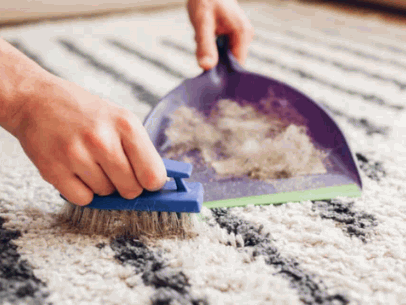
What Are The Benefits Of Cleaning Your Carpet Without A Machine?
Cleaning your carpet without a machine offers the advantage of targeted spot cleaning and a more hands-on approach to stain removal. DIY cleaning tips can help address specific stains or high-traffic areas effectively, without the need for expensive equipment.
Imagine having a spilled glass of wine on your light-colored carpet or muddy footprints near the doorway. With DIY cleaning methods, you can quickly tackle these issues by using everyday household items like vinegar, baking soda, or club soda. These spot-cleaning techniques not only save you time but also money by avoiding professional cleaning services.
Many homeowners have shared their success stories of revitalizing their carpets with DIY solutions. For instance, mixing white vinegar and water to tackle pet urine stains or using a paste of baking soda and hydrogen peroxide for tough grease spots. These simple yet effective methods demonstrate the power of DIY cleaning for maintaining carpets.
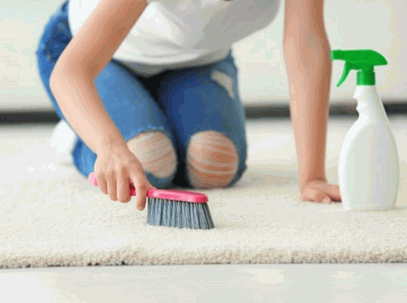
What Are The Supplies Needed For Cleaning A Carpet Without A Machine?
To clean a carpet without a machine, you will need basic household supplies such as vinegar, water, baking soda, and DIY cleaning products. These simple ingredients can effectively tackle stains and refresh your carpet fibers.
Vinegar is a versatile solution that acts as a natural disinfectant and deodorizer, making it ideal for removing odors and killing bacteria in carpets. Water serves as a solvent to dilute the cleaning solutions and aids in lifting dirt and grime from the carpet fibers. Baking soda works as a gentle abrasive that helps to scrub away tough stains while also neutralizing odors, leaving your carpet smelling fresh.
An expert Q&A on the effectiveness of natural products like vinegar and baking soda reveals that these ingredients are highly recommended for carpet maintenance due to their eco-friendly nature and powerful cleaning properties. Vinegar’s acidic properties make it effective in breaking down stains and killing germs while baking soda’s alkaline nature helps to lift dirt and deodorize the carpet fibers.
Baking Soda
Baking soda is a versatile cleaning agent that can absorb odors and lift stains from carpet fibers. When used in combination with other ingredients, baking soda can act as a natural deodorizer and gentle abrasive for deep cleaning.
One key benefit of using baking soda in carpet cleaning is its ability to neutralize and eliminate unpleasant smells, rather than just masking them. Mixing a sprinkling of baking soda with a few drops of essential oils can create a fragrant solution that freshens up the carpet while cleaning it. Incorporating hydrogen peroxide or vinegar with baking soda can boost its stain-fighting power, making it more effective against tough or set-in stains.
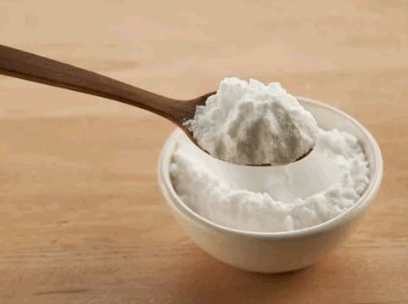
White Vinegar
White vinegar is a popular natural cleaner that can break down stains, neutralize odors, and sanitize carpets effectively. Its acidic properties make it a versatile solution for tackling tough spots and maintaining carpet freshness.
White vinegar acts as a powerful disinfectant, killing bacteria, germs, and mold spores that might be lurking within the carpet fibers. This not only cleans the surface but also promotes a healthier indoor environment. In addition, its odor-neutralizing abilities help eliminate unpleasant smells, leaving carpets smelling fresh and clean.
Another advantage of using white vinegar for carpet cleaning is its eco-friendly nature. Unlike harsh chemical cleaners, vinegar is non-toxic and biodegradable, making it a safer choice for both your family and the environment.
When creating a DIY cleaning solution, simply mix equal parts of water and white vinegar in a spray bottle. For tough stains, you can apply the solution directly to the affected area, let it sit for a few minutes, and then blot it with a clean cloth.
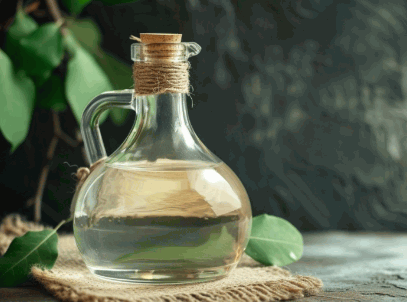
Dish Soap
Dish soap is a gentle yet effective cleaner for removing grease, grime, and stains from carpets. When diluted properly, it can help lift dirt and spills without damaging carpet fibers, making it a versatile cleaning solution.
One key reason why dish soap is a popular choice for carpet cleaning is its ability to break down oily residues that are common in carpets. This helps to release stubborn stains, making them easier to remove. To create a safe and effective dish soap cleaning solution, start by mixing a few drops of dish soap with warm water in a container. Avoid using too much soap as it can leave behind a sticky residue. Next, gently agitate the solution to create suds.
Using a clean white cloth or sponge, blot the stained area with the soapy solution. Work from the outside of the stain towards the center to prevent spreading. Continue blotting until the stain starts to lift. Then, rinse the area with clean water to remove any soap residue. Blot the spot with a dry cloth until it’s dry.
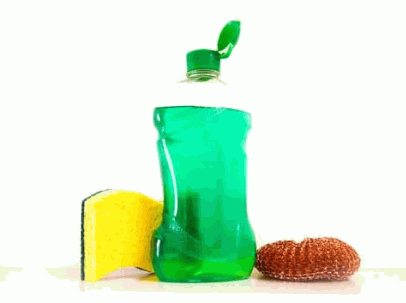
Warm Water
Warm water is a crucial component in DIY carpet cleaning as it helps dissolve stains and dirt particles for easier removal. When combined with other cleaning agents, warm water can enhance the effectiveness of homemade carpet cleaning solutions.
The optimal temperature for using warm water in carpet cleaning is generally between 120-130 degrees Fahrenheit to ensure maximum efficacy. The warmth helps to activate the cleaning agents in the solutions, allowing them to tackle tough stains more effectively.
When incorporating warm water into your cleaning routine, make sure to pre-treat any stubborn stains with a targeted solution before using the warm water and cleaning mixture. This allows the warm water to penetrate deeper into the carpet fibers, ensuring a thorough cleaning process.

Spray Bottle
A spray bottle is a convenient tool for applying homemade cleaning solutions to targeted areas on the carpet. It allows for precise application of cleaning agents, ensuring thorough coverage and effective stain removal.
When choosing a spray bottle for your DIY carpet cleaning endeavors, consider factors such as the nozzle type, capacity, and material. Opt for a bottle with an adjustable nozzle to control the spray pattern according to the task at hand. Translucent bottles are ideal for monitoring the solution level, while durable materials like plastic or glass ensure longevity.
For heavy-duty cleaning tasks, look for spray bottles with a larger capacity to avoid frequent refills. On the other hand, if you are using concentrated solutions, opt for chemical-resistant spray bottles to prevent the deterioration of the container over time.
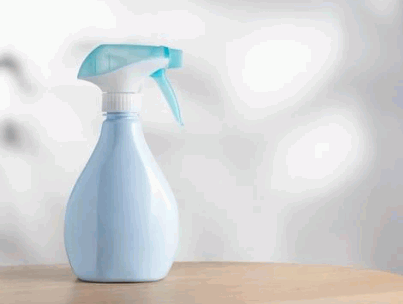
Scrub Brush
A scrub brush is a handy tool for agitating cleaning solutions into carpet fibers and loosening stubborn stains. The bristles of the brush help break up dirt and grime, allowing for more effective stain removal during the cleaning process.
When choosing a scrub brush for carpet cleaning, it’s essential to consider the type of carpet you have. For delicate or looped carpets, opt for a brush with soft bristles to prevent damage, while dense or high-pile carpets may benefit from stiffer bristles for deeper cleaning. Scrubbrushes with ergonomic handles can make the cleaning process more comfortable and efficient.
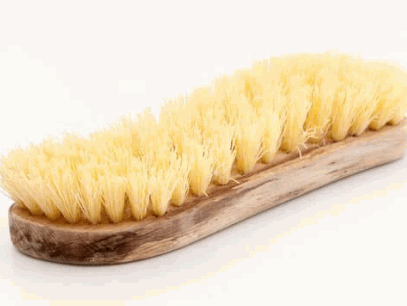
Clean Towels
Clean towels are essential for blotting and drying the carpet during the cleaning process. Absorbent towels can help remove excess moisture and cleaning solutions, preventing over-wetting and promoting faster drying times for the carpet.
In DIY carpet cleaning, using the right technique with clean towels plays a crucial role in achieving optimal results. When blotting, remember to gently press down on the affected area rather than rubbing vigorously, as rubbing can push the stain deeper into the fibers. Proper blotting and drying not only aid in lifting the liquid but also prevent potential damage to the carpet’s texture.
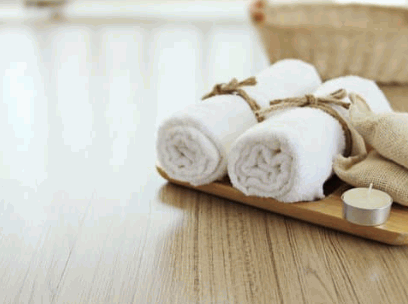
How To Clean A Carpet Without A Machine?
Cleaning a carpet without a machine involves a systematic process of vacuuming, spot cleaning, preparing a cleaning solution, and manual scrubbing. By following these steps, you can effectively deep clean your carpet without the need for specialized equipment.
Start by thoroughly vacuuming the carpet to remove surface dirt and debris. Focus on high-traffic areas and corners where dirt tends to accumulate.
- Next, inspect the carpet for any stains or spots that require spot cleaning. For spills or stains, blot the area with a clean cloth to absorb as much liquid as possible.
- Then, mix a cleaning solution suitable for your carpet type, such as a mixture of warm water and mild dish soap.
Apply the cleaning solution to the stained areas using a soft-bristled brush or a clean cloth. Gently scrub the stain in a circular motion, being careful not to saturate the carpet. After cleaning, blot the area again with a dry cloth to remove excess moisture.
For tougher stains, you may need to repeat the spot-cleaning process or use a specialized carpet stain remover. Always test any new cleaning solution on a small, hidden area of the carpet to ensure it doesn’t cause damage.
Vacuum The Carpet
The first step in cleaning a carpet without a machine is to thoroughly vacuum the surface to remove loose dirt, debris, and dust. A high-quality vacuum cleaner with strong suction power can effectively prepare the carpet for deeper cleaning.
Vacuuming is crucial as it not only helps remove surface dirt and debris but also plays a vital role in maintaining the overall cleanliness and hygiene of your carpet. By eliminating the loose particles, a vacuum cleaner sets the foundation for spot-cleaning treatments by ensuring that deeper cleaning processes can penetrate more effectively.
When vacuuming, it is essential to use the right technique to achieve optimal results. Ensure you vacuum in different directions to lift the dirt effectively and prevent the matting of the carpet fibers. Pay special attention to high-traffic areas and under furniture where dirt tends to accumulate.
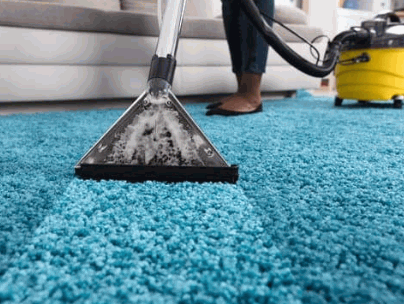
Spot Clean Any Stains
Target specific stains on the carpet using appropriate spot-cleaning techniques and products. Enzyme-based cleaners are effective for organic stains while consulting with a cleaning expert can help identify the best solutions for stubborn blemishes.
When dealing with different types of stains, it is crucial to understand their composition to apply the most effective treatment. Organic stains like food spills or pet accidents often respond well to enzyme-based cleaners, which break down proteins and other organic materials without leaving behind residue. Greasy spots from oils and cosmetics may require a different approach, such as using a mild detergent or a specialized degreaser. For tough stains like ink or wine, seeking advice from professionals can offer tailored solutions and prevent potential damage to the carpet fibers.
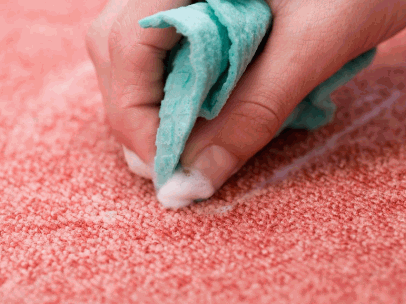
Make The Cleaning Solution
Prepare a DIY cleaning solution by combining white vinegar, warm water, and a small amount of dish soap in a spray bottle. This homemade solution can effectively break down stains, sanitize the carpet, and leave a fresh, clean scent.
If you’re dealing with tough stains like coffee spills or pet accidents, you can enhance the cleaning power of this solution by adding a tablespoon of baking soda. The vinegar acts as a natural disinfectant, while the dish soap cuts through grease and grime on the carpet fibers. For lighter stains, you can decrease the concentration of vinegar in the mix to avoid overpowering scents. Remember to spot-test the solution in an inconspicuous area first to ensure colorfastness.
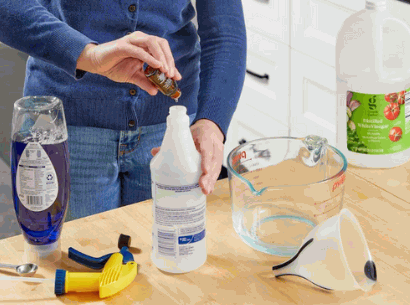
Apply The Solution To The Carpet
Spray the prepared cleaning solution onto the stained or high-traffic areas of the carpet, ensuring even coverage without oversaturation. Allow the solution to penetrate the carpet fibers and work on the stains for effective spot cleaning.
When applying the cleaning solution, it’s crucial to maintain a consistent distance from the carpet surface to ensure an even distribution. A gentle, controlled spraying motion helps prevent pooling or excessive saturation, which could damage the carpet backing.
- To target specific areas with tough stains, you can adjust the nozzle settings for a more concentrated spray. This allows the solution to penetrate deeply into the fibers, breaking down stubborn dirt and grime.
- For areas with lighter soiling, consider diluting the cleaning solution slightly to avoid leaving behind any residue. Remember to test a small, inconspicuous area first to ensure compatibility and effectiveness.
- After application, let the solution dwell for a few minutes to allow it to interact with the stains effectively. Blot the treated areas gently with a clean cloth or sponge to lift the dirt and moisture without spreading the stains.
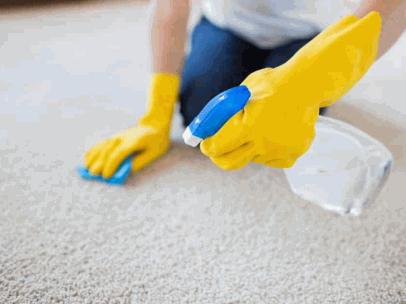
Scrub The Carpet
Use a scrub brush or carpet grooming brush to agitate the cleaning solution into the carpet fibers, working in gentle circular motions to lift and loosen stains. Focus on stubborn spots and high-traffic areas for thorough cleaning.
When choosing a brush for carpet scrubbing, opt for one with soft bristles to prevent damage to the carpet fibers. Apply moderate pressure while scrubbing to ensure the cleaning solution penetrates deeply for effective stain removal.
For tough stains, it’s recommended to increase the intensity of the scrubbing motion, but always be mindful not to overly saturate the carpet. Repeat the scrubbing process multiple times if needed, especially on older or set-in stains, until the desired cleanliness is achieved.
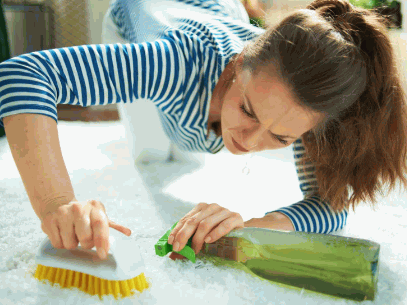
Rinse The Carpet
After scrubbing the carpet, rinse the area with clean water to remove residual cleaning solution and dirt. Use a damp cloth or sponge to blot the carpet gently, ensuring all traces of the cleaning agent are removed.
Proper rinsing of the carpet is crucial in maintaining its cleanliness and preventing re-soiling. Thorough removal of cleaning residues is essential to avoid attracting more dirt and grime.
When rinsing, ensure that the water used is clean and free from any added chemicals to avoid leaving behind any residue. Make sure to use a gentle blotting motion rather than rubbing the carpet to avoid damaging the fibers. Adequate rinsing with water plays a significant role in restoring the carpet’s original texture and appearance.
Dry The Carpet
To dry the carpet after cleaning, use clean towels to absorb excess moisture and speed up the drying process. Press the towels firmly against the carpet surface to remove water and residual cleaning solution effectively.
Drying your carpet thoroughly is crucial in preventing mold and mildew growth, which can lead to health hazards and damage your flooring. When moisture is trapped in the carpet fibers, it creates the perfect environment for these harmful substances to thrive.
- One effective way to accelerate the drying process is to ensure proper ventilation in the room. Open windows and turn on fans to promote air circulation, helping moisture evaporate more quickly.
- Another tip is to elevate the carpet by placing small objects such as plastic cups or wooden blocks under the corners. This allows air to flow underneath, aiding in drying the carpet more efficiently.
- Remember to change the towels regularly as they become saturated with moisture. By using clean, dry towels, you avoid reintroducing moisture back into the carpet.
- If you’re dealing with a large area or thick carpet, consider using a wet/dry vacuum to extract excess water before proceeding with towel drying.
What Are Some Tips For Maintaining A Clean Carpet?
Maintaining a clean carpet requires regular vacuuming, immediate spot cleaning for stains, and professional cleaning services periodically. By following these tips, you can preserve the appearance and hygiene of your carpet for years to come.
Regarding vacuuming, frequency is key. Aim to vacuum high-traffic areas and rugs at least twice a week, while less-used areas can be vacuumed once a week. Use a vacuum with a HEPA filter to trap allergens and dust effectively.
For spot cleaning, blot the stain immediately with a clean cloth and a solution of mild detergent and water. Avoid rubbing the stain, as it can spread and embed deeper into the carpet fibers. To maintain the color and texture of your carpet, consider hiring professional cleaning services every 12-18 months. These professionals have the expertise and equipment to deep clean and remove stubborn stains effectively.
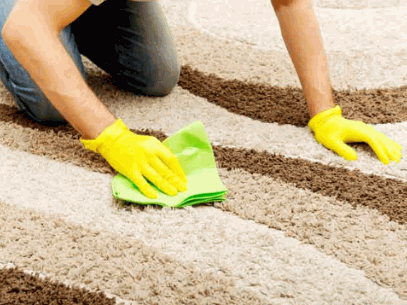
Vacuum Regularly
Regular vacuuming is essential for removing surface debris, dust, and pet hair from your carpet. Choose a vacuum cleaner with strong suction power and effective filtration to maintain a clean and healthy indoor environment.
When you neglect regular vacuuming, dust, dirt, and allergens accumulate deep within the carpet fibers, leading to potential health hazards. These particles can trigger allergies and respiratory issues, affecting the well-being of your household members.
Regular vacuuming with a suitable vacuum cleaner can help in reducing these risks significantly. It not only enhances the appearance of your carpet but also improves the indoor air quality, creating a fresh and hygienic living space.
When selecting a vacuum cleaner, consider factors like carpet type, suction power, attachments for different surfaces, and allergen filtration capabilities. A vacuum equipped with a HEPA filter can efficiently trap tiny particles, ensuring cleaner air.
Address Stains Immediately
Tackle stains promptly by using spot-cleaning techniques and appropriate stain removers. Enzyme-based cleaners are effective for organic stains, while quick action can prevent spills from setting and becoming more challenging to remove.
When addressing food or pet stains, enzyme-based cleaners break down the proteins, fats, and carbohydrates present in the stains, effectively eradicating the odor and color. For tougher substances like ink or oil, a swift response is key to avoid permanent damage. Blotting the stain with a clean cloth before applying the appropriate cleaner helps lift the residue and ensures a more successful removal process. Remember, different types of stains require specific treatment methods, so it’s crucial to identify the stain correctly before proceeding with the cleaning process.
Use Area Rugs
Place area rugs in high-traffic areas or spill-prone zones to protect the underlying carpet from wear and stains.
Area rugs can add a decorative touch to your space while providing an extra layer of protection for your flooring.
Cleaning experts recommend choosing area rugs with low piles or flat weave for high-traffic areas as they are easier to vacuum and maintain.
- Using rug pads under the area rugs not only enhances comfort but also helps in keeping the rugs in place, preventing slips and trips.
- Regular vacuuming and spot cleaning are essential for the upkeep of area rugs, prolonging the life of both the rug and the underlying carpet.
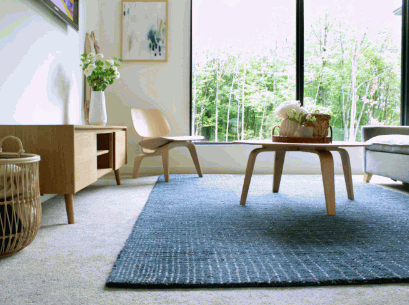
Hire Professional Cleaning Services
Schedule professional carpet cleaning services periodically to deep clean and refresh your carpets. Professional cleaners have the expertise and equipment to tackle tough stains, eliminate odors, and revitalize the appearance of your flooring.
By opting for professional carpet cleaning services, you are investing in the longevity of your carpets. Regular deep cleaning not only enhances the aesthetic appeal of your home but also improves indoor air quality by removing allergens and dust mites embedded in the fibers. The advanced cleaning methods and specialized treatments used by professionals can prolong the lifespan of your carpets, preventing premature wear and tear. Additionally, frequent professional cleaning can prevent mold and mildew growth, safeguarding your family’s health and maintaining a fresh, hygienic environment.

